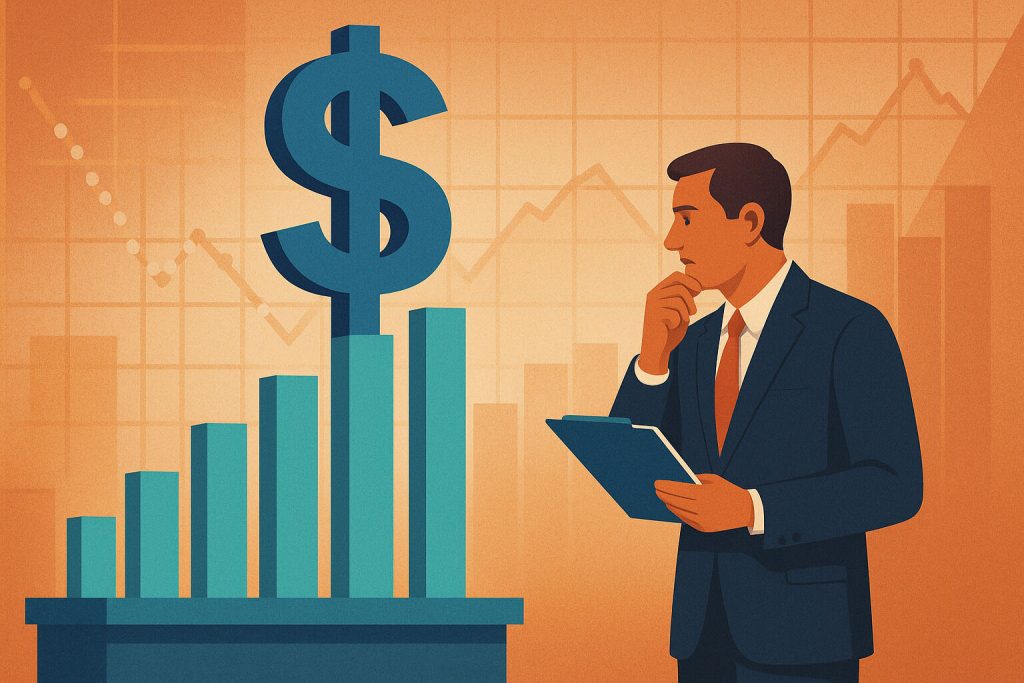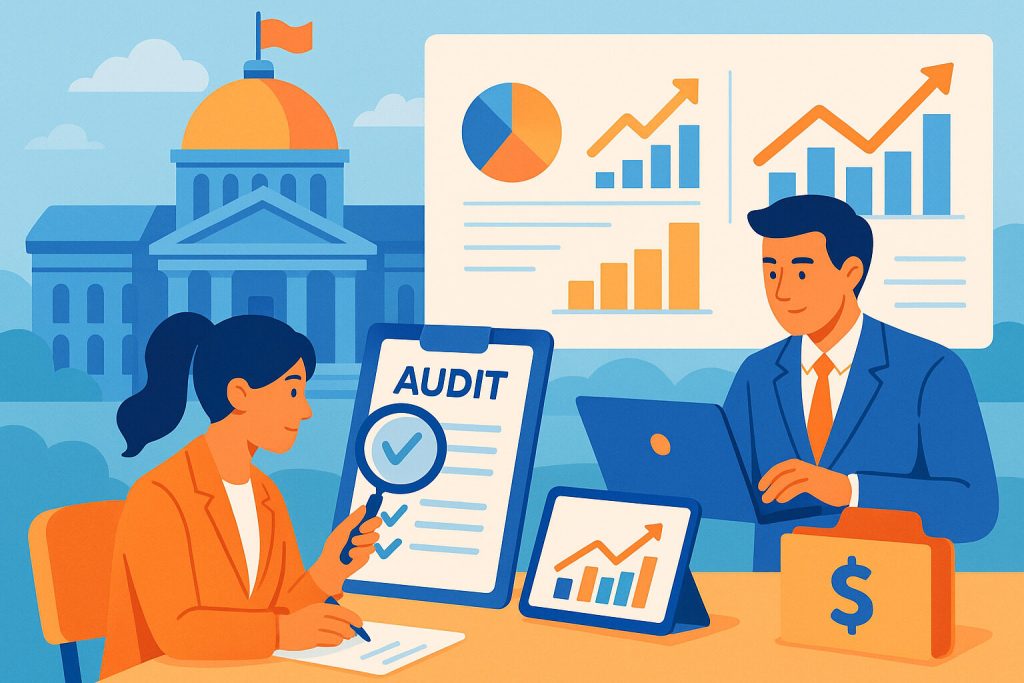
Why Understanding the National Debt Matters
Every year, Americans hear about the rising national debt of the United States. For some, it feels like a distant issue—something only discussed in the news or Congress. But in reality, it impacts everyday life. The national debt affects taxes, public services, and even household economics.
National debt is like a loan the government takes to fund projects it can’t pay for using tax revenue alone. Think of a family using a credit card when their salary isn’t enough for expenses. Similarly, the government borrows money to keep operations running. But like a credit card, debt comes with interest and must be repaid in time.
As debt grows, a larger portion of the national budget goes toward paying interest. This reduces funding for education, healthcare, and infrastructure. That’s why it’s important for every citizen—even those who aren’t economists—to understand what’s behind the numbers and how they affect the country’s future.
What Makes Up the National Debt
The national debt consists of two main parts: debt held by the public and intragovernmental debt. Public debt is borrowed from individuals, banks, businesses, and even foreign countries. This includes Treasury bond and other securities sold by the government.
Meanwhile, intragovernmental debt occurs when other branches of the government, like the Social Security Trust Fund, “lend” their surplus funds to the Treasury. This means the government temporarily uses the money and replaces it later. This is internal accounting—not foreign borrowing.
It’s important to note that not all debt is bad. Sometimes borrowing funds vital projects like roads, hospitals, or emergency aid. The problem arises when debt keeps growing without a solid repayment plan.
Why the Government Borrows
The main reason the government borrows is to cover budget shortfalls. When spending exceeds tax revenue, borrowing fills the gap. This is known as a budget deficit.
During emergencies like pandemics or recessions, the need for government aid increases. Even when income is low, spending must continue for safety and welfare—causing debt to rise.
At times, borrowing is used to invest in long-term projects. If borrowed money funds infrastructure that creates jobs and income, it can boost the economy. But if spent on short-term fixes or mismanaged, it worsens future burdens.
How Debt Affects the Economy
As debt grows, so do interest payment obligations. Funds meant for social programs are diverted to debt service. This limits the government’s ability to meet other needs.
If debt continues to rise without a clear repayment strategy, investors may lose confidence. Interest rates on bonds could increase due to higher risk. Higher rates affect the broader economy, including consumer loans, business credit, and mortgages.
Still, some economists argue that national debt is manageable as long as it’s under control and matches economic size. This is measured by the debt-to-GDP ratio. If the economy grows fast, it can handle higher debt.
National vs. Personal Debt
Comparing national debt to personal debt can be misleading. A family must repay debt on schedule—or risk losing assets. But the government can print money and set economic rules.
Governments don’t have to repay all debt at once. They can “roll over” debt by issuing new bonds to pay off old ones—similar to refinancing. As long as investors trust the system, it works.
However, this is not a license for unlimited spending. If lenders lose trust, the dollar’s value may fall, inflation may rise, and a deeper crisis could follow. Careful leadership and data-driven management are essential.
How the National Budget Affects Debt
The federal budget is directly tied to the national debt. When Congress passes spending laws, it must identify funding sources. If tax revenue is insufficient, borrowing often fills the gap.
Some parts of the budget are mandatory, like Social Security, Medicare, and interest payments. These can’t easily be changed. Discretionary spending—like education and defense—is reviewed annually. Any excess in these costs is usually covered by debt.
If laws continue to add spending without matching revenue, debt grows. This is why economists advocate a balanced view—focusing on both income and expenses for sound fiscal policy.
The Role of Taxes in Controlling Debt
Tax collection is the main source of government revenue. A more efficient tax system means less need for borrowing. But debates continue over whether taxes should be raised.
Some advocate for tax reform to make the system fairer and simpler. If more people and businesses pay correctly, government revenue increases. Others oppose high taxes, fearing it may slow business and consumer activity.
The right balance between taxes and spending is key to avoiding debt surges. Excessive tax breaks without alternative revenue sources can increase deficits and lead to more borrowing.
How Other Countries View US Debt
The US holds a unique position in the global economy. The dollar is the world’s primary currency. This makes US Treasury bonds a popular investment, effectively funding the government.
But global trust is not guaranteed. If the US economy weakens or governance becomes unstable, foreign investors may lose interest. A drop in demand for US debt could drive up interest costs.
Some countries also use their holdings of US debt as political leverage. Therefore, strong international relations and a stable economy help maintain America’s position in global markets.
Steps to Manage the Debt
There are many strategies to manage national debt effectively. First is balancing the budget—aligning revenue and spending. This can mean cutting some programs or increasing tax collections.
Second is supporting economic growth. As national income grows, tax revenue rises without increasing rates. Investments in education, infrastructure, and technology support this growth and strengthen the financial base.
Third, lawmakers must engage in serious discussions. Tax and spending decisions are rarely popular, but long-term stability requires accountability. National debt isn’t just a technical issue—it affects everyone.
A Deeper Look Into the Future of National Debt
The future of the national debt depends on today’s decisions. Each year with a budget deficit adds to the total debt. Without change, it could reach levels difficult to manage.
However, it’s not too late. Many experts believe that with sound policies and careful leadership, the budget can be balanced and debt levels kept safe. But this demands unity among government, business, and citizens.
National debt isn’t just about numbers. It reflects a nation’s values and priorities. Understanding the debt is the first step toward a more stable and responsible future for all.


